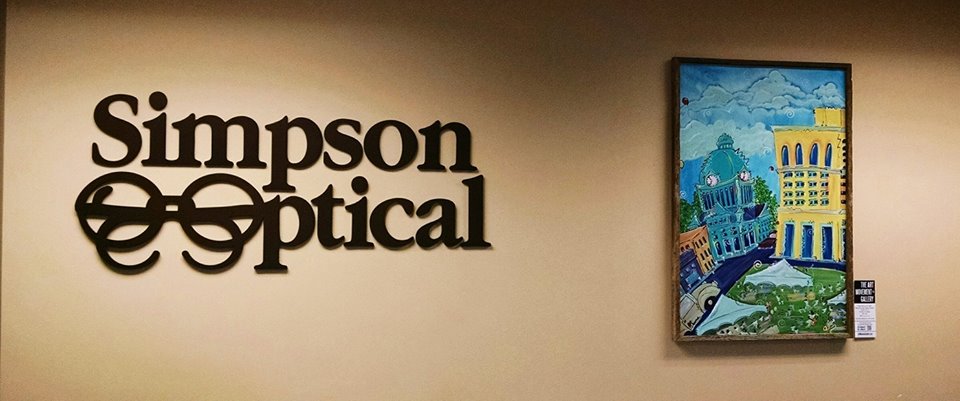Art has long been known as good for the soul, but studies show it’s good for the body too.
Lexington artist and gallerist Sandy Davis isn’t surprised to read the data that bears this out.

She says, “In the early 90s, a medical office in Boston displayed my pastels in their lobby to replace several old and faded posters. A few months later, the office manager called to tell me my painting ‘Canadian Geese on Cape Cod’ sold! The buyer was a patient who was in getting his results from a medical test. He said my art helped calm him as he sat restlessly, anticipating the news. No matter the results, he said, he just had to have this piece and bought it before he saw the doctor.”
That experience was part of what inspired her to create her business, the Art Movement Gallery in Lexington. It’s not a brick-and-mortar gallery, but rather a subscription service. Local businesses pay an annual subscription fee, and the Art Movement Gallery installs juried local art on the walls of that business. Customers can buy the art directly from those walls (and the business owners get to earn a commission while having their walls adorned by original art).
Health care is one of the most rapidly growing sectors of her business, and she said her experience at that doctor’s office “continues to motivate me in my mission to bring original work to the walls of local business. Art can create a calming and comfortable environment for both clients and employees, making an average experience an exceptional one.”
Artist Dawna Scripps’ piece “View From Up On High” is currently at Simpson Optical, installed by the Art Movement Gallery.
Davis herself will have her recent pastel series included in Lexington’s January 16 Gallery Hop at ArtsPlace, as part of the Daily Pastel Challenge Exhibit (three artists, thirty minutes a day).
—

Dr. Nick Kouns, a former Lexington Art League president and longtime advocate for arts in healthcare, has acquired several Lexington pieces on behalf of Clark Regional Medical Center in Winchester, including “Gray’s Arch” by Guy Mendes, “The Community” by Isaac Powell, and “Things We Should Have Done But Couldn’t,” by Joseph Kuncinski. There is also a rotating exhibit of regional artists alongside the curated pieces.
He says, “The primary goal is to expedite the healing process through interaction with the artwork. The science of art in healthcare is definitive–art engagement makes people healthier. For example, studies show that regular artistic engagement slows the progression of Alzheimer’s dementia. Given that we have a long-term care facility physically attached to the hospital, the art is literally just around the corner from a host of elderly patients who carry a diagnosis of dementia.”
Artist Lennon Michalski has a piece featured in Clark’s collection, and has also had work commissioned by UK Healthcare. He was named one of the Hot 100 Southern Artists to watch by Oxford American Magazine (along with fellow Lexington artists Lina Tharsing and Phillip March Jones). Michalski says, “Art has an impact on the culture of a space. Art gives a sense of emotion and defines the space’s characteristics and its influence on the population. My artwork is meant to encourage hope and enjoyment.”
Of the piece for Clark, he says, “I wanted people to see the process of ‘fixing/healing’ of a living being. I want them to see an operation as a positive experience, relating to those in the hospital, showing how patients will be mended back to health.”
He says, “The UK Arts in Healthcare and Clark Regional Med Center have been a wonderful help for artists. More corporate involvement would truly strengthen the artist community. Any environment with bleak walls and vacant spaces hinders the mind and spirit.”
Michalski adds the exclamation point to the conversation of art’s role in the community, “Lexington needs to provide for the Arts like they do UK Basketball.”
This article is on page 13 in the January 2015 issue of the Hamburg Journal.












